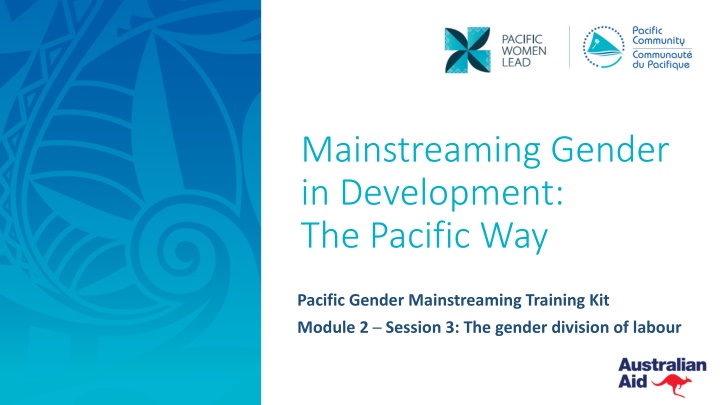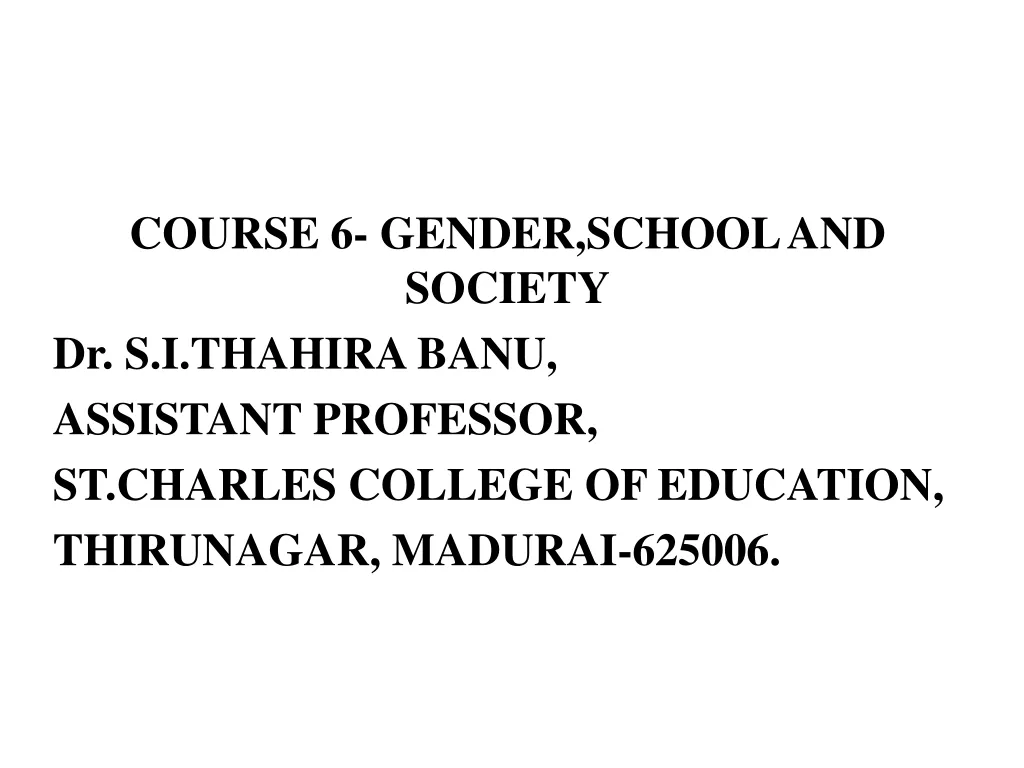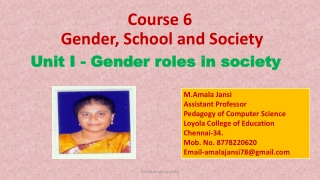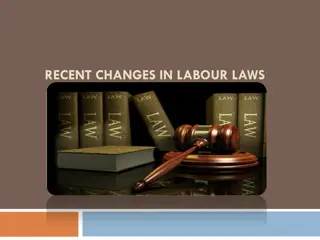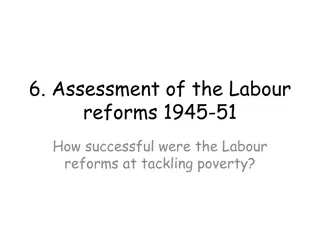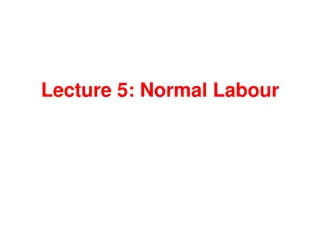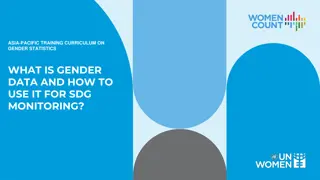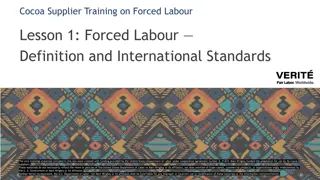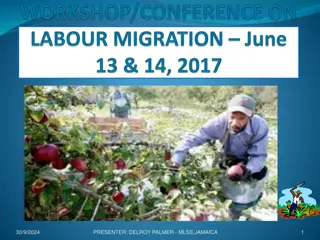Gender Division of Labour in Development Programs
Explore the importance of analyzing the gender division of labour in community projects and programs. Gain insights on how to identify contributions, skills, and vulnerabilities of women and men to create more inclusive and effective initiatives.
Uploaded on Sep 20, 2024 | 1 Views
Download Presentation

Please find below an Image/Link to download the presentation.
The content on the website is provided AS IS for your information and personal use only. It may not be sold, licensed, or shared on other websites without obtaining consent from the author.If you encounter any issues during the download, it is possible that the publisher has removed the file from their server.
You are allowed to download the files provided on this website for personal or commercial use, subject to the condition that they are used lawfully. All files are the property of their respective owners.
The content on the website is provided AS IS for your information and personal use only. It may not be sold, licensed, or shared on other websites without obtaining consent from the author.
E N D
Presentation Transcript
Mainstreaming Gender in Development: The Pacific Way Pacific Gender Mainstreaming Training Kit Module 2 Session 3: The gender division of labour
Learning outcomes Learning outcomes At the end of this session you will understand: the type of information a gender analysis of activity profile can generate how a gender analysis of activity profile can inform the design of a project or programme.
About the gender division of labour About the gender division of labour A gender division of labour analysis provides information about who does what . Provides information on the distribution of work/responsibilities according to the roles given to women and men in a particular community based on social norms.
Why this information is important Why this information is important An analysis of the gender division of labour helps to: identify the respective contributions of women and men document the respective knowledge and skills of women and men identify which health issues women and men may be exposed to in relation to their respective activities assess the impact on natural resources of the activities of women and the ones performed by men
Why this information is important Why this information is important assess the vulnerability to, and the capacity of, women and men to cope with different issues (poverty, natural disasters, conflicts, environmental stresses, amongst others) identify the respective needs, interests, and preferences of women and men identify gender gaps in relation to workload in comparison with the benefits generated by the respective tasks performed by women and men.
Introducing the activity profile analysis Introducing the activity profile analysis Factors of analysis or indicators Performed by whom? Activities Duration Prestige Labour intensive Income Men Women Agriculture (Taro production) Ploughing Planting Weeding Harvesting 5 days/year 3 days/twice a year 1 time a week 2 times a year X X 0 XX XXX XXX XX XXX 0 0 0 0 XXX XXX XX XXX X XX XX XX Fisheries Fishing from the boat Coastal fishery Selling to market Maintenance of boat Maintenance of nets 2 hours/day 1 hour/every day 3 hours every 2 days 1 hour /1 week When needed XX X XX 0 0 X X X XX XX 0 0 XXX XX X XXX XX 0 XXX XXX 0 XX XX 0 0
Example Characteristics Performed by whom? Disaster Preparedness Activities Duration Information / tools needed Men Women Before disaster Store food and water Secure the house Secure the livestock Prepare emergency pack (clothes, medication) Participate in the community coordination meetings Listen to radio 1 day 1 day 4 hours 2 hours Quantity required What to secure How to secure Content and quantity XX XXX XXX X XXX XX 0 XXX day When the meetings will happen XXX X Ongoing from the alert Access to a radio XX XXX During disaster Move to a shelter Look after children Look after an aging parent Prepare meals Monitor the situation Listen to the radio After the disaster recovery 1 hour Whole time Whole time 1 hour Whole time Whole time Where it is Be aware of risks Be aware of risks Cook safely XX X XX X XXX XXX XXX XXX XX XXX X XXX Radio with batteries Cleaning the house Cleaning the land Repair the house Attend to injured people Fix the water tank Look for food 5 days 5 days 10 days 2 days 3 days Ongoing Waste management Waste management How, equipment How, where to go How, radio with batteries Where XX XXX XXX XXX XXX XXX XXX XX X XX 0 XX
Analysing the gender division of labour Analysing the gender division of labour Women Men Often perform the most labour intensive work Work longer hours Do work that is less financially profitable Do what is considered menial work, with the result that their work is often seen as unimportant. Often perform activities that are prestigious Have better tools and better access to technology to perform their work Are better paid Work fewer hours than women, but their work is more valued.
Evaluation questions Evaluation questions 1. Provide three examples of the type of information a gender analysis of the division of labour can generate. 2. Explain how the information generated by a gender analysis of the division of labour can inform the design of a project or programme.
Evaluation questions Evaluation questions 1. What type of information can a gender analysis of the division of labour generate? a)Health issues women and men can be exposed to in relation to their respective activities b)Who is doing what for food security c) How tired people are d)Decisions people make on the family budget
Evaluation questions Evaluation questions 2. How can the information generated by a gender analysis of the division of labour inform the design of a project or programme? a)It can help identify who has expertise and knowledge related to a specific sector and who the programme stakeholders should be b)It can help identify measures that would benefit women and men c) It can help monitor the impact of programmes on women and men d)It can help decide what to invest in to ensure that the programme will reach its objectives
